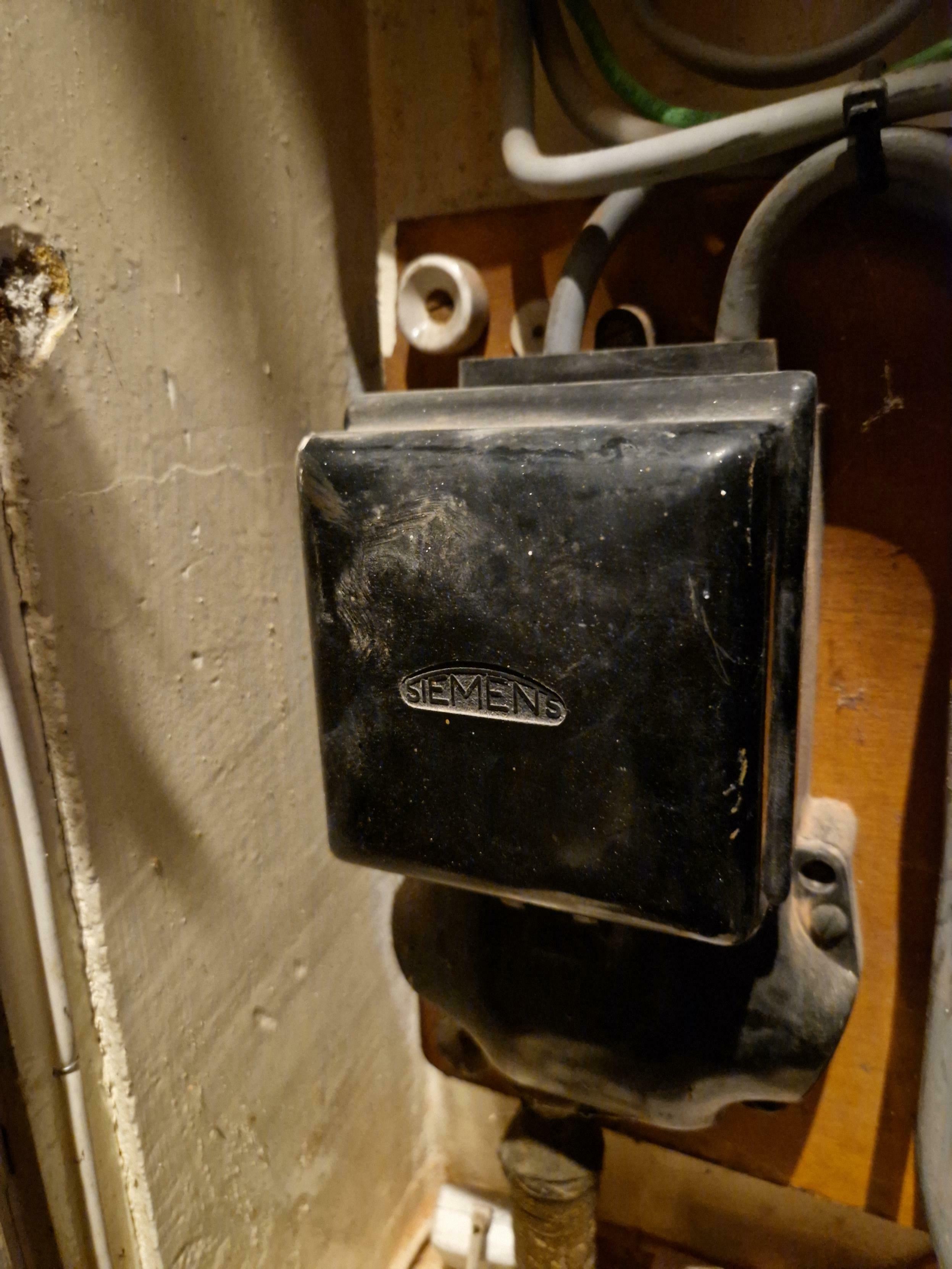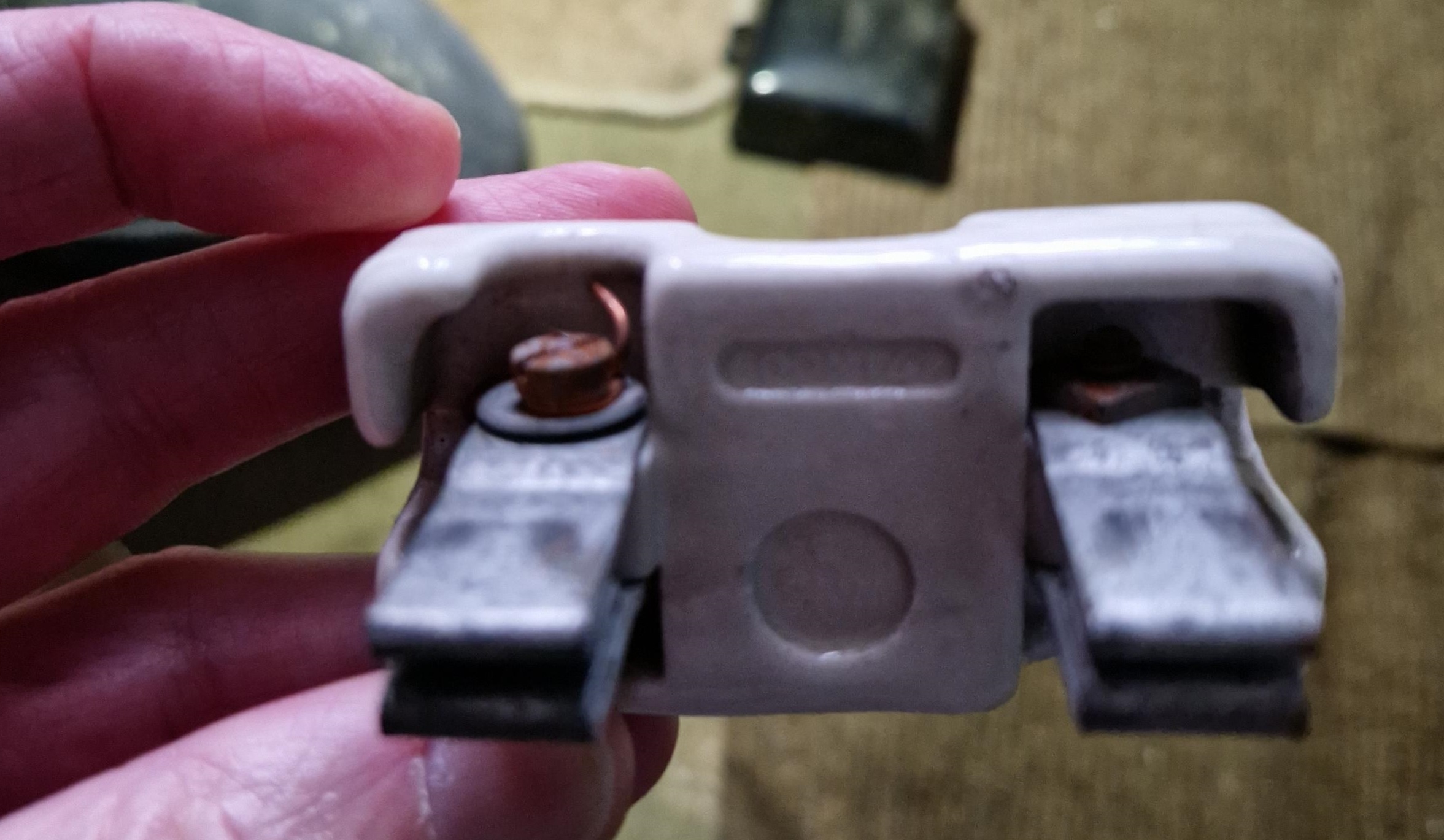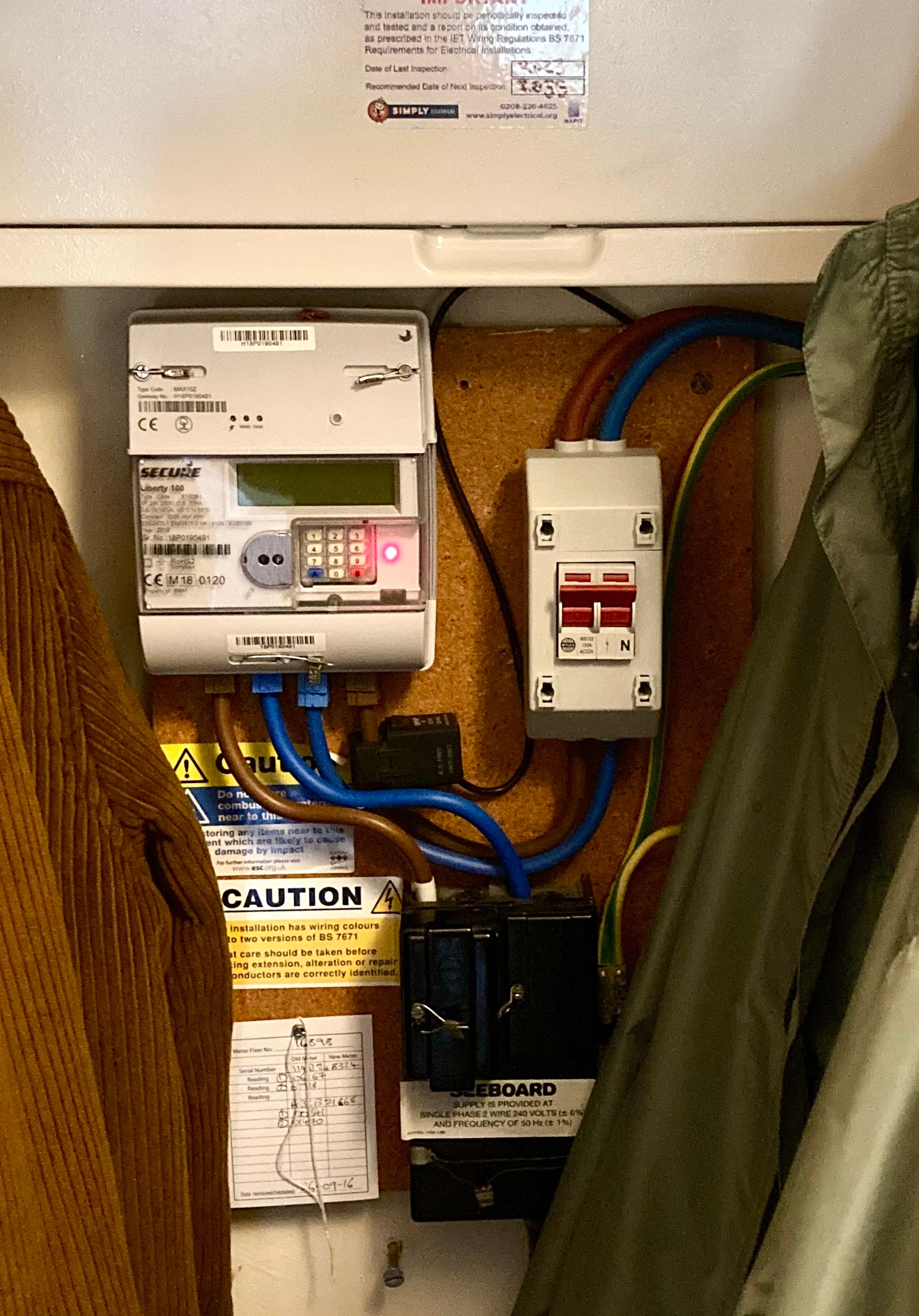I had an electrician round this afternoon to discuss fitting a EV charge point and he said that we need an upgraded fuse cut out, the house was built in the 1930s and it's probably the original fuse cut out (the fuse element is just a piece of copper wire!).
I need this upgrading to something safer and with at least an 80A fuse.
The electrician was also asking what earthing facility is at the property and how the earth is provided in the street. There doesn’t seem to be a DB earth terminal.
Who do I contact? (I live in Staffordshire, distribution ID 14)
Many thanks
Steve


















